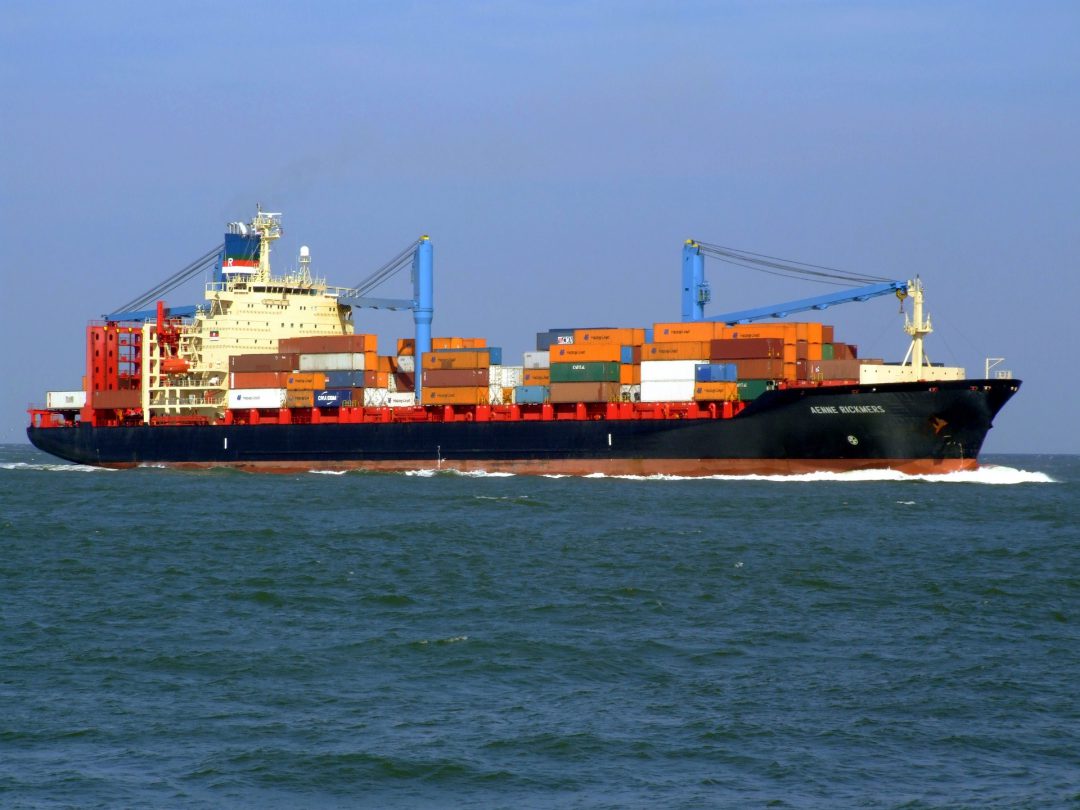The Maritime and Port Authority of Singapore, Port of Los Angeles, and Port of Long Beach, with the support of C40 Cities, signed a memorandum of understanding to establish a green and digital shipping corridor between Singapore and the San Pedro Bay port complex to support the decarbonisation of the maritime industry and improve efficiencies through digitalisation.
The MoU was signed by Mr TEO Eng Dih, Chief Executive of MPA, Mr Gene SEROKA, Executive Director of POLA, and Mr Mario CORDERO, Executive Director of POLB, and witnessed by Mr S Iswaran, Singapore’s Minister for Transport and Minister-in-charge of Trade Relations, Mr CHEE Hong Tat, Singapore’s Senior Minister of State, Ministry of Finance and Ministry of Transport, Mr Jonathan KAPLAN, Ambassador of the United States to Singapore, Mr NIAM Chiang Meng, Chairman of MPA, Ms Sharon WEISSMAN, Long Beach Harbor Commission President, and Mr Edward RENWICK, Los Angeles Harbor Commissioner.
C40 is the facilitator of the green and digital shipping corridor, providing support to the cities, ports, and their corridor partners by coordinating, convening, facilitating, and providing communications support in furtherance of the corridor’s goals.
As leading global hub ports, Singapore, Los Angeles and Long Beach are vital nodes on the trans-Pacific shipping lane and key stakeholders in the maritime sector’s green transition. Ahead of the revision of the International Maritime Organization (IMO)’s Initial Strategy for the Reduction of Greenhouse Gas (GHG) Emissions from Ships in July 2023, the three ports will come together with C40 and other stakeholders in the maritime and energy value chains, to jointly accelerate the decarbonisation of the maritime industry in line with the goals of IMO, and Singapore’s and the United States’ respective Nationally Determined Contributions (NDCs). The MoU also builds on the ports’ long-standing cooperation through platforms such as the Port Authorities’ Roundtable (PAR) and chainPORT, and complements bilateral initiatives between Singapore and the United States such as the U.S.-Singapore Climate Partnership and the U.S.-Singapore Partnership for Growth and Innovation. In his message at the annual Singapore Maritime Week, John Kerry, U.S. Special Presidential Envoy for Climate said, “Shipping is responsible for approximately a gigaton of greenhouse gas emissions each year… [b]ut the good news is that many shipping companies, ports, and countries are stepping up. Today’s MoU is one of those pieces of good news!”
The green and digital shipping corridor aims to support the transition to low- and zero-emission fuels by ships calling at Singapore and the San Pedro Bay port complex. The parties will work to facilitate the supply and adoption of these fuels and explore the necessary infrastructure and regulations for bunkering. In addition to identifying and collaborating on pilot and demonstration projects, the MoU aims to identify digital shipping solutions and develop standards and best practices for green ports and the bunkering of alternative marine fuels, including sharing experiences at international platforms such as IMO.
The MoU follows from an earlier announcement in November 2022, that MPA, POLA, POLB and C40 had begun discussions to establish a green and digital shipping corridor between Singapore and the San Pedro Bay port complex. This announcement was featured in the Green Shipping Challenge, launched by the United States and Norway during the World Leaders’ Summit at the 27th United Nations Climate Change Conference (COP27/CMP17/CMA4) in Sharm el-Sheikh, Egypt. The Green Shipping Challenge hopes to encourage governments, ports, maritime carriers, cargo owners, and other stakeholders across the maritime value chain to commit to concrete steps to galvanise global action to decarbonise the shipping industry.
Mr TEO Eng Dih said, “The signing of this MoU signals our collective will to pool our resources, technical insights, industry and research networks to deliver scalable green as well as digital corridor solutions to help the maritime industry attain the 2050 emission reduction targets expected of the International Maritime Organization and help spur the development of green growth opportunities.”
“No single port or organization can tackle the challenge of decarbonizing the supply chain alone, no matter how innovative their technology or robust their efforts. The establishment of this green shipping corridor between the San Pedro Bay Port Complex and Singapore will prove to be a living, breathing testament to the power of global collaboration,” said Port of Los Angeles Executive Director Gene SEROKA. “I am honored to be here with key leaders from MPA Singapore, the Port of Long Beach, and C40 Cities to sign this MOU turning a shared commitment to fighting climate change into a meaningful step forward toward the future of global sustainability.”
“Curbing greenhouse gases from international shipping is essential to fight global warming,” said Port of Long Beach Executive Director Mario CORDERO. “Creating this green corridor with our partner ports and C40 Cities is part of our strategy to coalesce all of our efforts here and beyond to help advance our goals for cleaner marine fuels for oceangoing vessels, improve efficiencies for the global movement of goods, and to achieve a carbon-neutral future.”
C40 Cities Executive Director Mark WATTS said, “Delivering science-based, rapid and concrete action on shipping emissions is crucial to ensure the shipping sector decarbonisation is aligned with the goal of keeping global heating below 1.5°C. C40 is proud to support this first mover initiative aimed at accelerating the transition to low- and zero-carbon fuels and other decarbonisation technologies.”
























